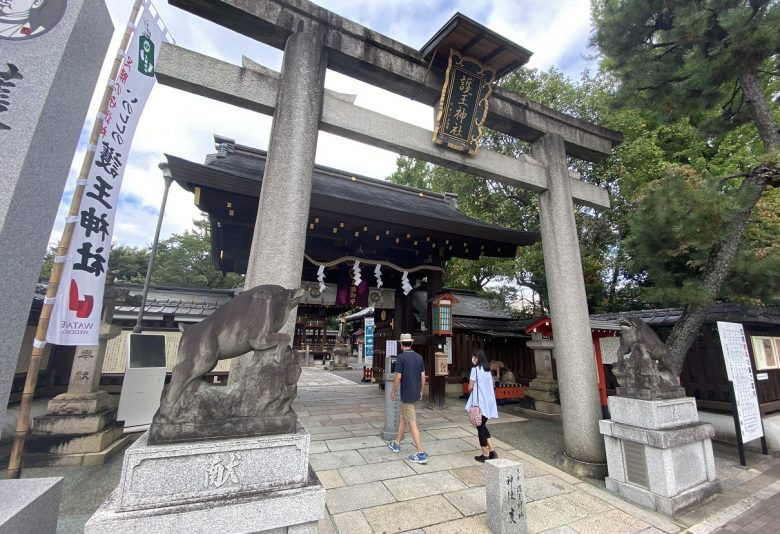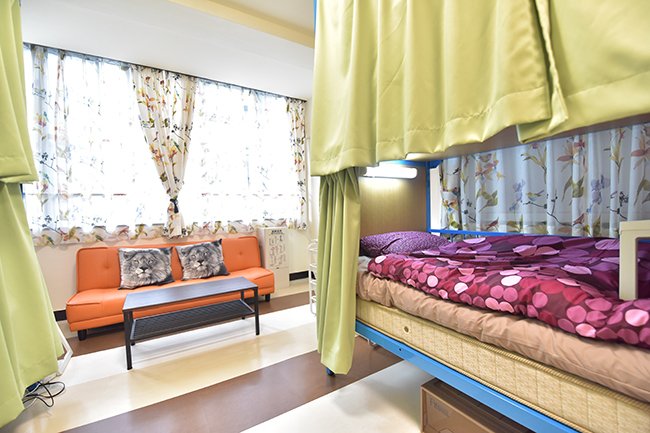
京都を発見する:護王神社
私たちは過去に京都市の不思議な側面のいくつかについて共有しました、そしてこれらの多くは京都での滞在を楽しんでいる間に発見されるでしょう。街中の多くの場所は奇妙で普通ではないように見えるかもしれません、そしてこれはその下にそれをそうさせた美しい歴史があるという完璧な兆候です。例えば、イノシシや足のイメージで神社を飾るのは難しいかもしれませんが、サクラハウス京本の町家のシェアハウスや民家の近くのユニークな場所の場合がそうです。護王神社を指します。

護王神社は、烏丸通りの西側にある京都御所の敷地のすぐ隣、今出川駅(サクラハウスKYOTOに最も近い駅)と丸太町駅(皇居の南入口近く)の間にあります。神社は、京都が日本の首都であった平安京の建設で重要な役割を果たした奈良時代の日本の高官である和気清麻呂に捧げられています。

神社の門の入り口に到着したときに気づいたのは、足で飾られた大きな「お守り」のお守りのイメージです。これは、多くの訪問者が下半身の怪我、特に脚や腰からの回復を祈るために神社に到着するためです。

歴史によれば、和気清麻呂は孝謙天皇と争い、現在の鹿児島県に亡命を余儀なくされました。彼の旅が始まる直前に、皇后の顧問である道京は彼を殺そうとしましたが、彼の片方の足にしか損傷を与えることができませんでした。苦しい旅の中で、和気清麻呂は、多くの暗殺者が道京から派遣され、日々近づいていることに気づきました。負傷した足の痛みをむき出しにすることができず、森の中に数百頭のイノシシが現れ、暗殺者を追い払って彼を救ったとき、彼は暗殺者に命を捨てる準備ができていました。また、和気清麻呂は予想よりも早く足を癒し、無事に旅を終えることができたとも言われています。これが、神社の中にいくつかのイノシシの像や装飾がある理由です。

話を終わらせるために、皇后との論争がすべて解決した後、和気清麻呂は首都に戻ることができ、長岡京から平安京への首都の移転を主な役割の1つとしていくつかの重要な役割を果たしました。

この神社は、子供たちの幸福のために祈りを捧げることでもよく知られています。和気清麻呂と妹の和気清麻呂は、戦争で家族を亡くした数人の子供たちの世話をしたと言われています。この場所には子育て神として「覚醒のヒロムシ」も祀られています。

この神社の最も驚くべき側面の1つは、それが展示している信じられないほどのイノシシのコレクションです。約4,000体の装飾的な彫像が展示されており、すべて異なる素材、色、さまざまなポーズで作られていると言われています。

神社の歴史や和気清麻呂の生涯の取り組みに興味があるなら、神社の外柵は彼の人生の最も重要な側面のいくつかを詳細に示しています。

京都御所を訪れる予定がある場合や、近所の能楽堂で能楽に参加する場合は特に、京都町家の家から簡単に行くことができます。これについては、後でさくらのヒントで説明します。
サクラハウス
東京都新宿区西新宿7-2-6
西新宿K-1ビル2F
〒:160-0023
マップ
- 日本から:
- 03-5330-5250
- 日本国外から
- +81-3-5330-5250
- メール:
- [email protected]
- 営業時間:
- 午前8時50分から午後8時
年中無休です。
- 東京時間:
- 15:10(We are open now!)







